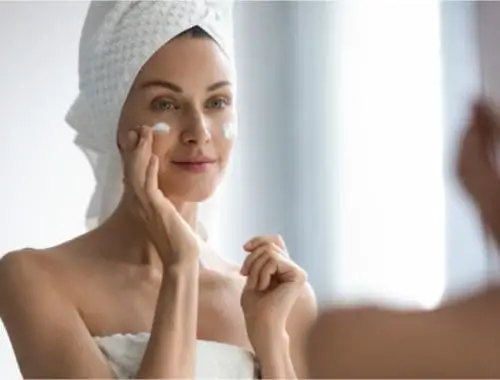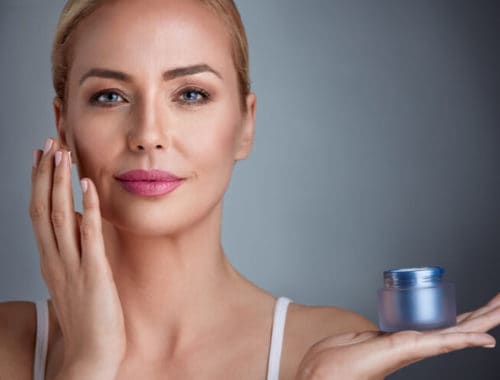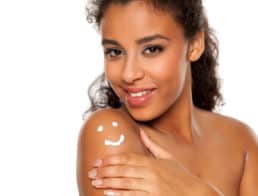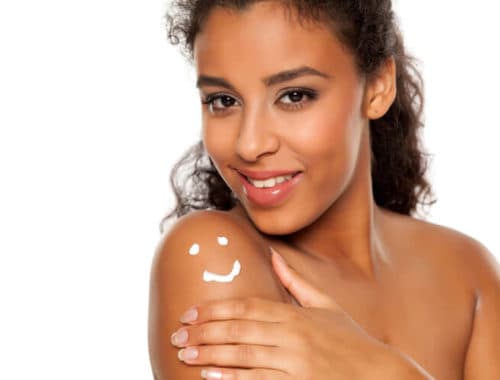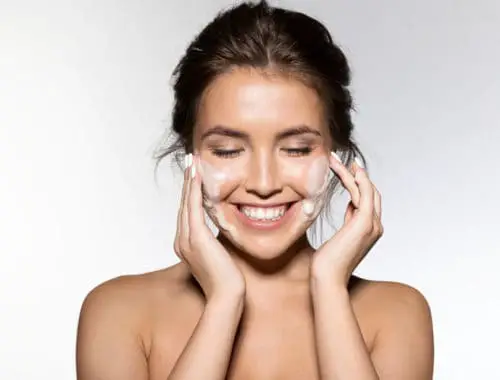Redness is a common predicament among patients that seek dermatologic care and among people who observe themselves daily in the mirror. It requires the appropriate balance of knowing what is “acceptable” level of redness and what can be pathologic or needs to be treated. The positive news is that in most cases something can be addressed or done to target the redness of one’s face, with minimal downtime and leaving acceptable cosmetic results. Here is what you need to know about redness:
In This Article
Triggers and possible causes of redness
Possible causes of redness include rosacea and or just asymptomatic/spontaneous redness of the face which can happen to anyone from time to time. The redness may either show up as occasional flushing or be persistent. Without treatment or addressing it properly, the redness could be permanent. Other more permanent causes of redness include small blood vessels known as telangiectasias on the face. Regardless of the cause, redness is not something you have to live with permanently. It is best to formulate a plan to address the redness so that it does not become problematic. Common triggers include: temperature extremes (hot or cold), alcohol, spicy foods, exercising, makeup choices, skin and haircare products, hot beverages, overheating, stress and sun exposure.
Sun protection
Sun protection and sun avoidance is a difficult task that people with redness must learn to avoid or manage. The sun is one of the leading contributors to redness, and even while being treated, it is important to protect your skin from the sun. Sun protection for redness is best achieved with a wide-brimmed hat, seeking shade, and applying sunscreen SPF 30 or above with physical blockers such as zinc oxide or titanium dioxide. Last but not least, the times you choose to go outside is very important. The intense mid-day sun should be avoided at all costs.
Lasers, lights, and physical treatments
For people with persistent redness despite medical treatments and over-the-counter skincare recommendations, they may benefit from a laser that specifically targets redness or blood vessels, also known as a pulsed dye laser. The effect may be immediate with minimal downtime, and positive effects can last for months to years depending on the degree of severity and improvement. Most patients benefit from a series of treatments and photographs for serial monitoring. This treatment is typically considered cosmetic and is usually not covered by insurance plans. Side effects are usually minimal including mild swelling and treatment-associated redness. It is always best to seek any treatment with laser from a board-certified dermatologist who is well versed in this area of medicine, as proper training of these devices is essential to achieve the best outcomes.
Skincare and makeup recommendations
Your daily skin routine and even the makeup you decide to use can affect your skin’s appearance and overall health. Almost any one with redness will have a degree of skin sensitivity and may need to limit their use to gentle products only. Skin-friendly care for redness involves: gentle face wash – use only your fingertips to wash, avoid a wash cloth or anything abrasive to the face. Lukewarm water should be used and the face should be patted dry gently with a towel. Toners, washcloths and astringents may be too harsh on the face and can be skipped until the redness has at least cleared, as they may contribute to redness or irritation.
The Clinique Redness Solutions set is a good redness reducing option that comes with a cleanser, relief cream and SPF broad spectrum sunscreen.
To minimize the appearance of overall redness, green makeup and concealer provides the perfect counterbalance as it is on the opposite spectrum of the color scheme. Many makeup lines (like Clinique) also carry these concealer to help patients combat redness.
Topical creams
There are several topical medications that are formulated to reduce associated redness with certain skin conditions. Certain ones such as brimonidine gel and oxymetazoline cream have been FDA approved to treat facial redness associated with skin conditions such as rosacea. Typically they are used 1-2 times per day, and it is best to consult with a board-certified dermatologist to find out if you are a good candidate for these medications.


